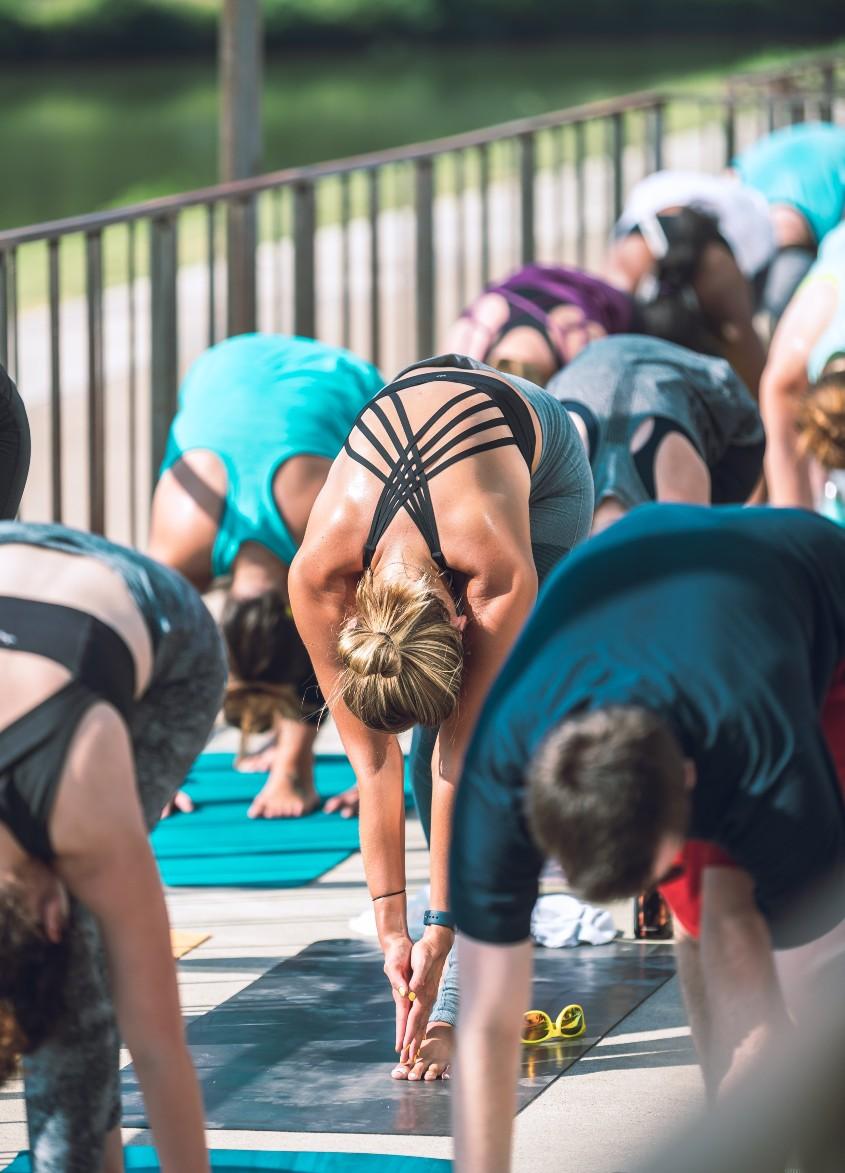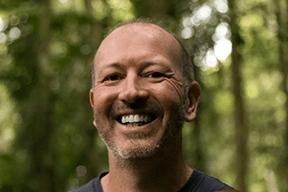
Over the course of our lives, almost all of us will experience low back pain. And when we do, many of us will have someone telling us that we should be engaging in physical activity to relieve it.
Yoga is one of the most common forms of exercise to treat low back pain, particularly when it persists. There are many explanations for the proposed therapeutic effects of yoga – increased muscular flexibility and strength, increased physical and mental relaxation, and improved body awareness. People who do yoga to help with low back pain often report that it is helpful; but what does the science tell us?
A recently published gold standard review sought to answer this question.
The review authors looked at all studies that compared yoga to another treatment, or no treatment at all in people with ‘chronic’ low back pain – that is, low back pain that persists for three months or more. The study aimed to determine whether yoga is beneficial for:
- low back pain intensity,
- back-related function (things like the ability to walk or perform house chores), and
- mental and physical quality of life.
A total of 21 studies were included in the review. Studies were conducted in the USA, Canada, Croatia, Germany, Sweden and Turkey and mostly investigated iyengar, hatha, or viniyoga yoga practices. Most of the study participants were women aged between 40 and 50 years.
So what did the authors find?
Well, compared with doing nothing at all, a three-month course of yoga probably reduces low back pain and improves low back-related function. The catch is that these benefits may be too small to meaningfully change the impact low back pain has on one’s life.
Ok, so doing yoga is a little better than doing nothing – unremarkable, I know! But is yoga better than doing other types of exercise for low back pain?
The authors concluded that there is probably little to no difference between yoga and other forms of back-specific exercises (think core training and physiotherapy rehabilitation exercises) on function. This is great news for those who don’t want to drop their sweaty Bikram class for an hour of pelvic floor exercises at the physio.
You might be one of the people that has indeed tried yoga for their back pain, but only found that it made it worse. Interestingly, exacerbation of back pain was the most commonly reported harm in these studies. The risk of an exacerbation was higher for yoga than for no yoga, but there was no difference in risk between yoga and other exercise forms.
So, how do we make sense of this information?
We know that exercise is beneficial for low back pain. While it seems that yoga only provides minimal benefits for low back pain, there is good reason to do it – for many people across the globe it is the only form of regular exercise they can adhere to. If yoga is not your cup of tea, there is no need to despair! Performing any form of exercise is likely to be beneficial for both your musculoskeletal and general health.
Michael Ferraro is a clinical researcher at the Centre for Pain IMPACT at Neuroscience Research Australia.
His research is centred around the identification, development and evaluation of treatments for chronic pain, with a specific focus on rare pain conditions. You can follow Michael’s research on Google Scholar or Twitter.
Michael is part of the Good Mood Dudes network of experts available to support your wellbeing program. If you want to soundboard your wellbeing plan or hear how we’d get your program up and running, get in touch with our team for a complimentary strategy call today.









